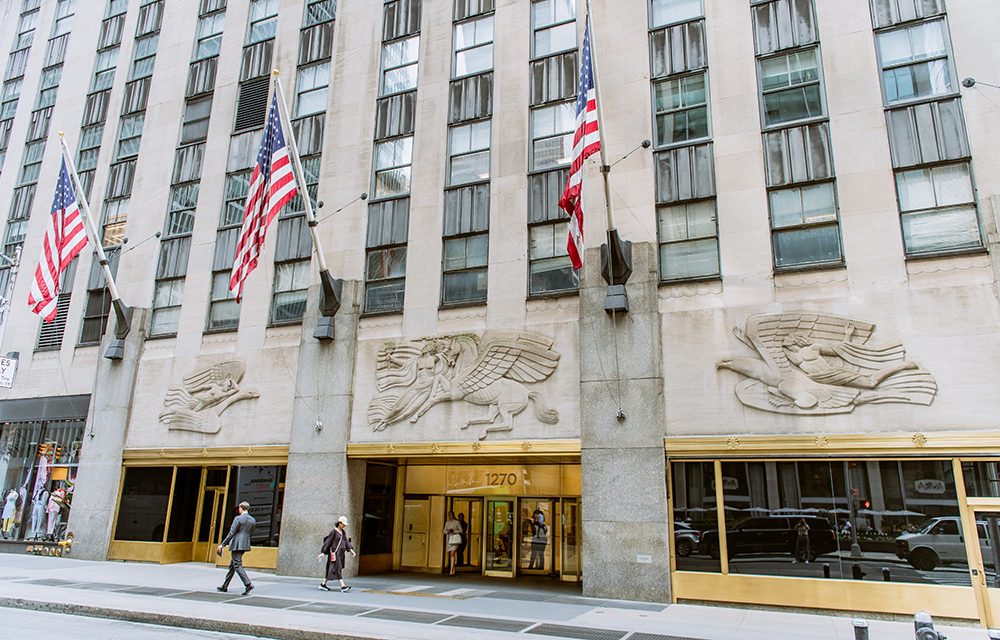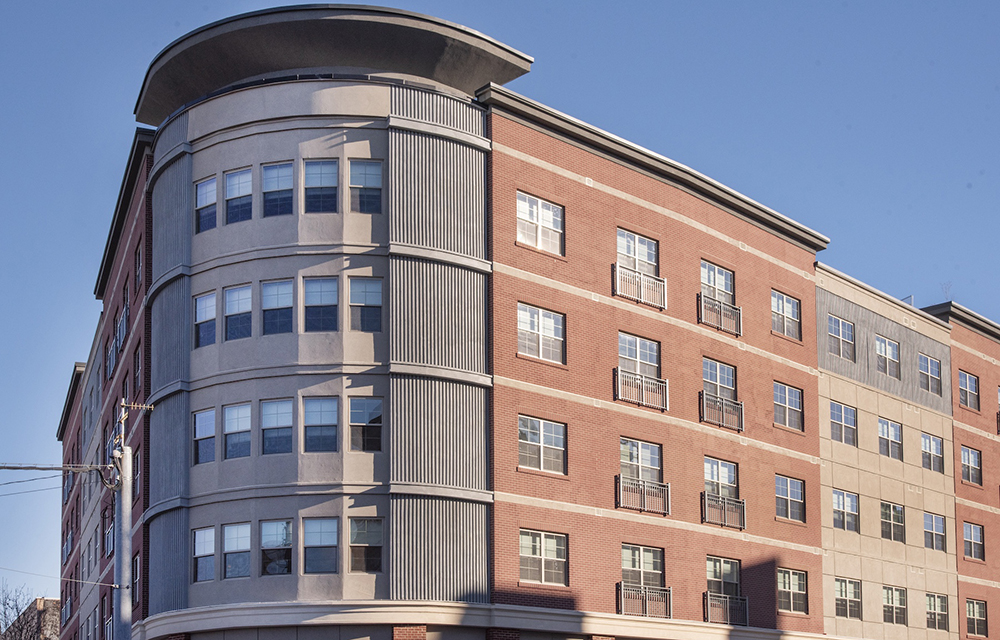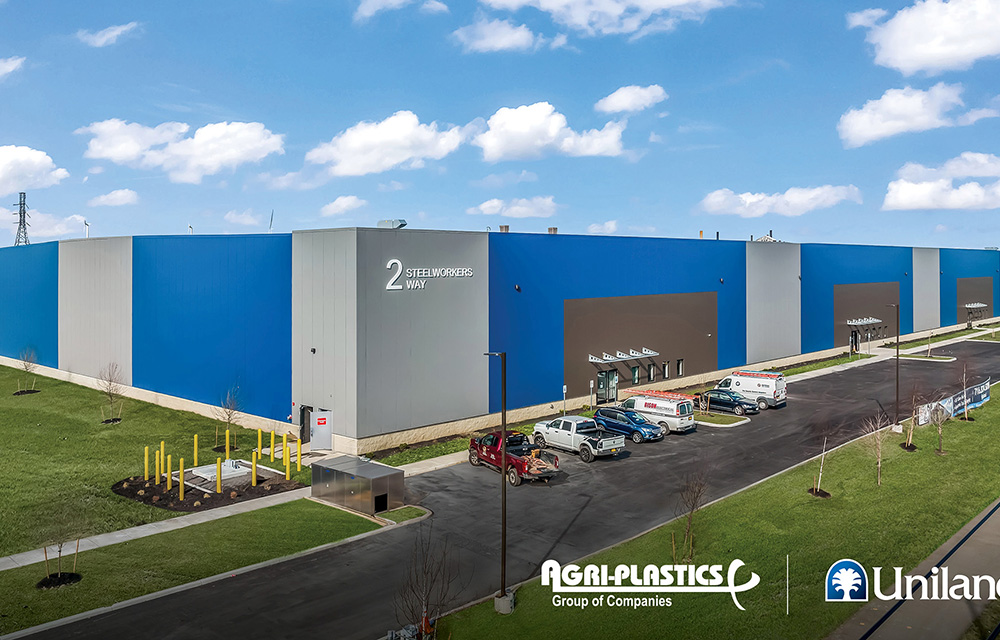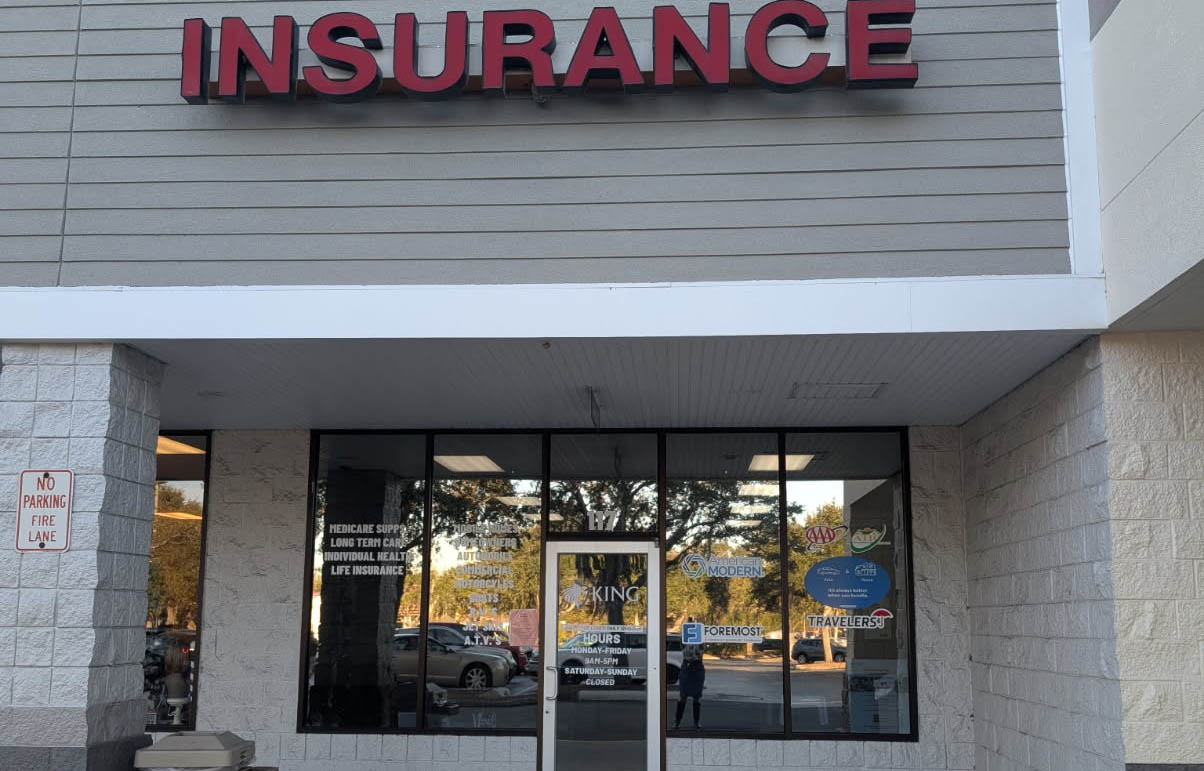News:
Brokerage
Posted: February 25, 2008
Equilibrium defines Albany's industrial market: Preforming better then the national market
The state of the industrial market in the capital region is stable. As of the third quarter of 2007, the vacancy rate was at 8.7% compared to 10.6% from fifteen months prior, according to CBRE of Albany's industrial survey. This compares favorably to the overall U.S vacancy rate of 9.4% during the same time reporting period.
The decline in vacancy is due in large part to several large transactions in excess of 85,000 s/f by users which opened new operations in the region, positively affecting absorption rates. Some of the larger transactions during this period are listed on the graph to the right.
The capital region's industrial market inventory currently stands at 60 million s/f with approximately 5.2 million s/f currently available and no new speculative construction planned for the foreseeable future.
Demand for industrial space in the market has softened for users looking for space in the 25,000 to 50,000 s/f range due in part to a lack of class A available spaces and economic uncertainty on an international level. A limited supply of spaces larger than 100,000 s/f has focused activity to one major space opportunity totaling 450,000 s/f located at 218 West Yard Rd. near the Selkirk Railyards in Albany county.
As a result of a lack of available inventory, rental rates have increased particularly in class A spaces. Currently, rental rates for second generation industrial space range between $3.25 and $5.50, triple net. New construction rents have also reached new highs due to high land values (due to a lack of supply) and increasing commodity prices. In some cases, rents can reach rates as high as $7 per s/f, triple net. Triple nets (comprised of taxes, common area maintenance and insurance) in the capital region range from less than $1 in the three industrial parks to $2 in standalone buildings.
The capital region has not yet seen any major impact on its industrial market due to the sub-prime lending crisis. A greater impact on the declining demand is primarily due to high fuel costs born by the trucking companies to deliver goods to the end user.
On a positive note and according to Torto Wheaton Research, tertiary markets (including the capital region) will be better-positioned than the major markets that are experiencing negative fall-out from the sub-prime, housing crisis. Tertiary markets are insulated from this because more densely populated regions with growing consumer and retail activity are those hardest hit by any mortgage/housing meltdown.
The other benefit seen by tertiary markets as compared to the major industrial markets is the lack of congestion and lower overall labor costs. These factors greatly affect seaports and other popular distribution areas first when an economic downturn occurs, according to Torto Wheaton.
As previously mentioned, rising fuel costs have also negatively affected the industrial markets nationally, as well as here in the Capital Region. This has forced distribution companies to regionalize their warehousing and consider other transportation modes, like rail and barge. Located at the intersection of I-87 and I-90, Albany is well-positioned for those companies that need immediate access to northeastern U.S. markets. Also, the area's rail and port system provide alternatives to those companies that wish to cut their fuel costs.
Finally, upstate N.Y. has been aggressive in competing with neighboring states relative to providing available incentives to attract new businesses. This has been particularly helpful in mitigating property taxes which are the most costly expense for many tenants and landlords. Local economic developers are playing a major role in helping to make deals. This combined with the many other positive factors already discussed, including the recent surge in the Canadian dollar over the U.S. dollar, will enable the capital region to weather any economic downturn that may be looming.
Donald Noland is an associate broker at CB Richard Ellis, Albany, NY.
Tags:
Brokerage
MORE FROM Brokerage
Horizon Kinetics relocates new headquarters to Tishman Speyer’s Rockefeller Center
Manhattan, NY According to Tishman Speyer investment boutique Horizon Kinetics Asset Management LLC will relocate its current New York office to 18,713 s/f on the 27th floor of 1270 Avenue of the Americas at

Quick Hits
Columns and Thought Leadership

Behind the post: Why reels, stories, and shorts work for CRE (and how to use them) - by Kimberly Zar Bloorian
Let’s be real: if you’re still only posting photos of properties, you’re missing out. Reels, Stories, and Shorts are where attention lives, and in commercial real estate, attention is currency.

Strategic pause - by Shallini Mehra and Chirag Doshi
Many investors are in a period of strategic pause as New York City’s mayoral race approaches. A major inflection point came with the Democratic primary victory of Zohran Mamdani, a staunch tenant advocate, with a progressive housing platform which supports rent freezes for rent

AI comes to public relations, but be cautious, experts say - by Harry Zlokower
Last month Bisnow scheduled the New York AI & Technology cocktail event on commercial real estate, moderated by Tal Kerret, president, Silverstein Properties, and including tech officers from Rudin Management, Silverstein Properties, structural engineering company Thornton Tomasetti and the founder of Overlay Capital Build,

Lasting effects of eminent domain on commercial development - by Sebastian Jablonski
The state has the authority to seize all or part of privately owned commercial real estate for public use by the power of eminent domain. Although the state is constitutionally required to provide just compensation to the property owner, it frequently fails to account








.jpg)
.gif)
.gif)